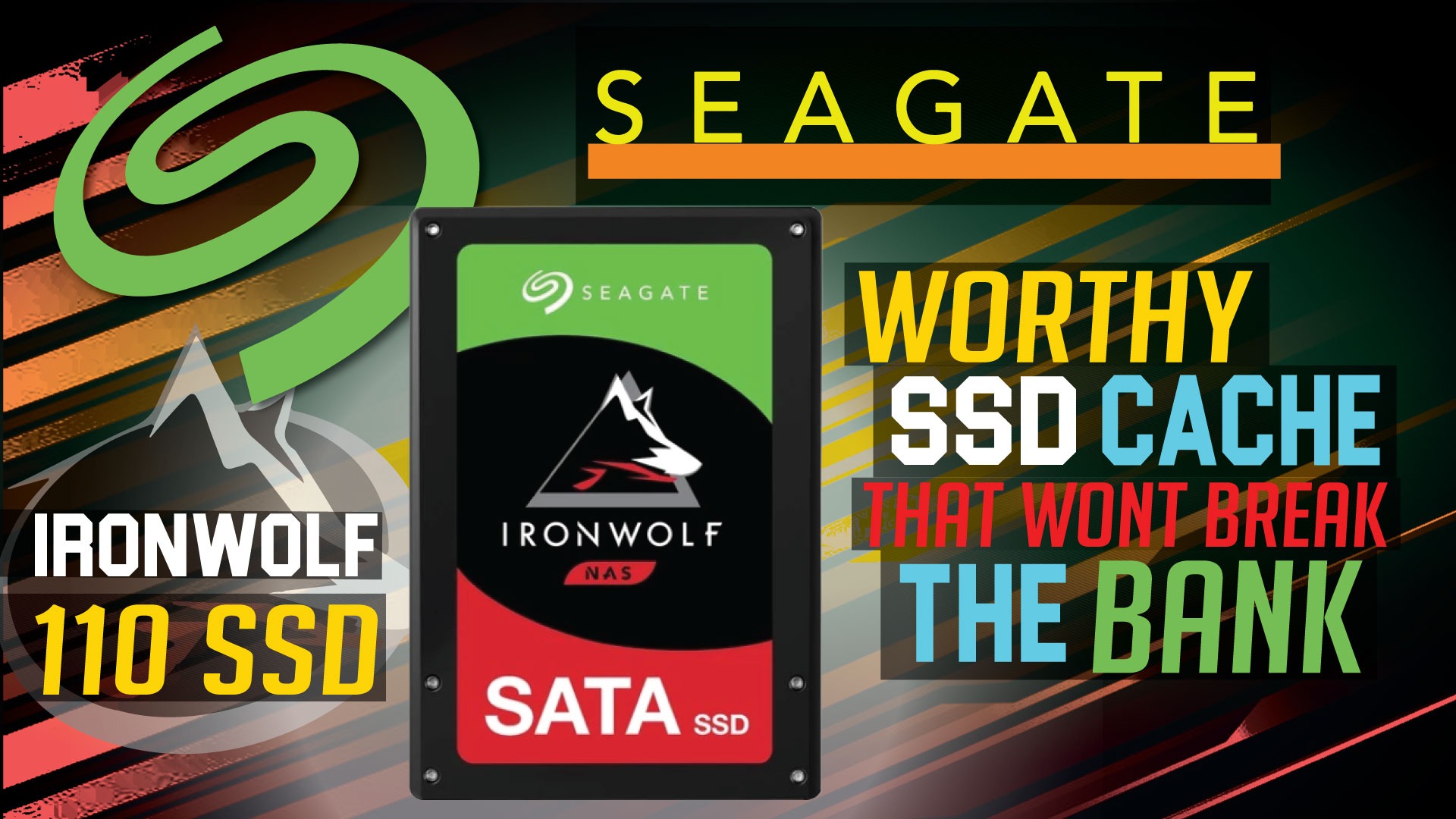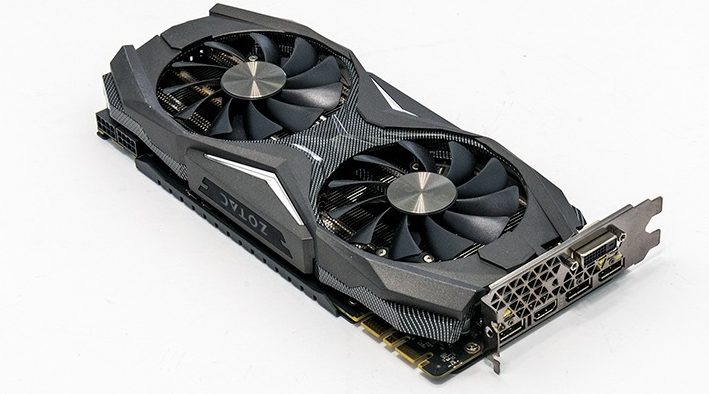Simply put, the IronWolf 110 SSD series is the very first TLC NAND based solid-state drive that we would ever trust in a production NAS. Not since the days of Intel’s earlier SATA based ‘Data Center’ models have we been happy with the state of solid-state drives for Network Attached Storage. This is due in large part to the temperature sensitivity and fragility of TLC NAND. However, the IronWolf 110 is not your typical TLC NAND based drive. First and foremost is the fact that the 2.5-inch all metal chassis is actually being used as a proper heat spreader (and in a NAS with good air flow heat sink). By not only tying the NAND to the metal chassis, but actually using decent TIM and tying the controller to the chassis the IronWolf 110 will run cooler than you typical SATA SSD. So much so the only heat the NAND will have to contend with is from write operations… and not waste heat from the controller. This may not sound all that important but it is, as this not only allows the NAND to run cooler but allowed Seagate the luxury of using a higher performance controller. A controller that may be SATA based but is powerful enough that it would be right at home in PCIe ‘Add In Card’ form-factor drives. That too is a first.
This increased in temperature control is however only the first round in the magazine. Not satisfied with TLC NAND’s durability – even when ran cool and using more durable Toshiba BiCS 3 – Seagate’s engineers took a page from other manufacture’s playbook and then improved upon it. We are of course referring to what Seagate calls ‘DuraWrite Technology’ or what is colloquially referred to as ‘pseudo-SLC’ write caching. While it is not a new idea to use a portion of TLC NAND and have the controller pretend it is SLC NAND, the IronWolf 110 is one of the few that still has a ‘floating’ pseudo-SLC cache buffer. Usually most drives these days come with a certain amount set aside for this write buffer no matter how much free space there is. This certainly makes for predictable performance – as almost no matter how filled the drive is the buffer is the same size – but as it is small its ability to boost performance is mediocre at best. Instead, the IronWolf 110 will not only use all the free space available on the drive you can then further increase the over-provisioning of the drive via software. So even when ‘full’, administrators can rely on the IronWolf 110’s pseudo-SLC write buffer to be able to handle their typical workloads without being saturated. In other words, the IronWolf 110 offers the best of both worlds: performance reliability and ease of customization.
This is a potent one-two combination. So much so that while we would have preferred to have seen the IronWolf 110 series be MLC NAND based, it is the series to own if you care about consistent performance and longevity. The IronWolf 110 SSD really is tailor made for Small Office / Home Office Network Attached Storage devices.
When you then further add in the fact it comes with a good warranty with data recovery services for the first 2 years free of charge, and is backstopped by Seagate’s legendary hassle and pain free RMA process… well the end result is one impressive series. A series that may not be the cheapest series available, but it does bring quality and value back to a corner of the marketplace that has become statured with low quality bordering on hot garbage models. Models we would never trust to be used on a NAS. We do look forward to seeing a NVMe version in the future, but in the meantime, consumers should not overlook this little bad boy just because it is SATA and not ‘the new sexy’ NVMe based.

The Review
Seagate IronWolf 110 SSD
Thanks to numerous low-level innovations, the Seagate IronWolf 110 series is the only TLC-NAND based solid state drive series worthy of your consideration if you are looking to either boost performance of a NAS or simply increase the consistency of your NAS’ performance.










